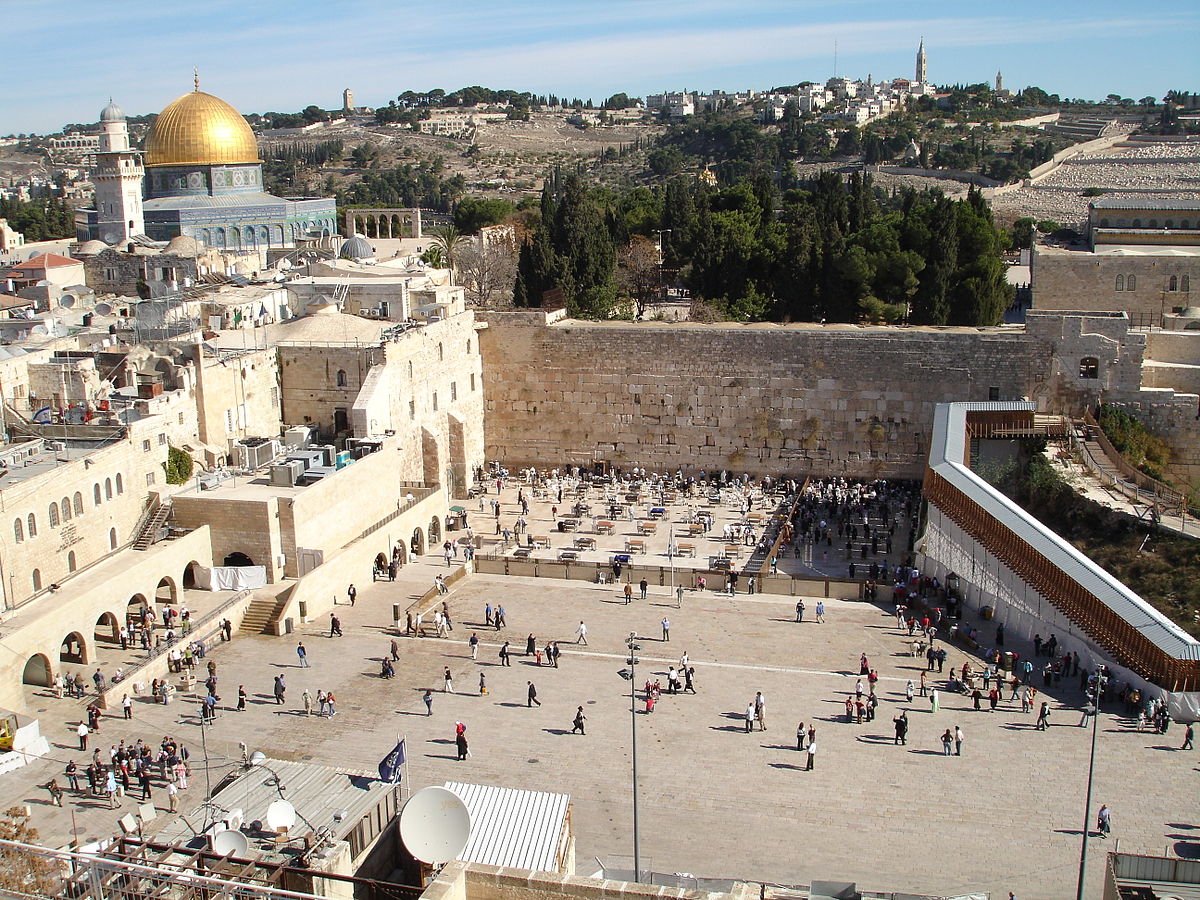
On the bus at the entrance to Jerusalem
Family & Friends
Shopping in Jerusalem
Mahane Yehuda Market – Wikipedia
Mahane Yehuda Market (Hebrew: שוק מחנה יהודה, Shuk Mahane Yehuda), often referred to as “The Shuk”,[1] is a marketplace (originally open-air, but now at least partially covered) in Jerusalem, Israel. Popular with locals and tourists alike, the market’s more than 250 vendors[2] sell fresh fruits and vegetables; baked goods; fish, meat and cheeses; nuts, seeds, and spices; wines and liquors; clothing and shoes; and housewares, textiles, and Judaica.[3][4]
Newly discovered old family photos


Personal Journeys: From One Photograph to Journeys of Research and Discovery – Avotaynu Online

All I ever knew was that I am named after my great-uncle Moshe. Moshe died in a motor accident, six weeks before his planned wedding. The date of his death is unknown, but it was sometime between the late 1920s …
Source: www.avotaynuonline.com/2016/08/from-one-photograph-to-journeys-of-research-and-discovery/
On our way to Machane Yehuda





Early morning walk from Talpiot to the Old City
The Hurva represents the community that my 3rd great grandfather, Avraham Shlomo Zalman Tzoref (Salomon) established in 1811.
The Hurva
Hurva Synagogue – Wikipedia
The Hurva Synagogue, (Hebrew: בית הכנסת החורבה, translit: Beit ha-Knesset ha-Hurva, lit. “The Ruin Synagogue”), also known as Hurvat Rabbi Yehudah he-Hasid (“Ruin of Rabbi Judah the Pious”), is a historic synagogue located in the Jewish Quarter of the Old City of Jerusalem.
The Kotel
Western Wall – Wikipedia

The Western Wall, Wailing Wall or Kotel (Hebrew: הַכֹּתֶל הַמַּעֲרָבִי (help·info), translit.: HaKotel HaMa’aravi; Ashkenazic pronunciation: HaKosel HaMa’arovi; Arabic: حائط البراق, translit.: Ḥā’iṭ al-Burāq, translat.: the Buraq Wall, or Arabic: المبكى al-Mabkā: the Place of Weeping) is an ancient limestone wall in the Old City of Jerusalem. It is a relatively small segment of a far longer ancient retaining wall, known also in its entirety as the “Western Wall”. The wall was originally erected as part of the expansion of the Second Jewish Temple begun by Herod the Great, which resulted in the encasement of the natural, steep hill known to Jews and Christians as the Temple Mount, in a large rectangular structure topped by a huge flat platform, thus creating more space for the Temple itself and its auxiliary buildings.
Back to Yeshurun Synagogue via Mamilla


On the way to Yad Vashem
Yad Vashem International School For Holocaust Studies
The Partisan Memorial area

Yad Vashem – Wikipedia

Yad Vashem (Hebrew: יָד וַשֵׁם) is Israel’s official memorial to the victims of the Holocaust. It is dedicated to preserving the memory of the dead; honouring Jews who fought against their Nazi oppressors and Gentiles who selflessly aided Jews in need; and researching the phenomenon of the Holocaust in particular and genocide in general, with the aim of avoiding such events in the future.
Source: en.wikipedia.org/wiki/Yad_Vashem



















































































































